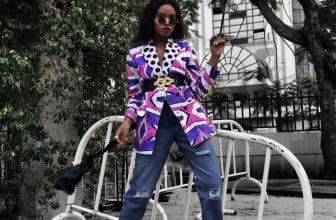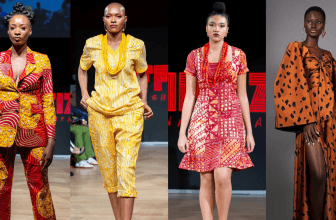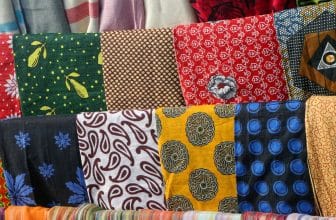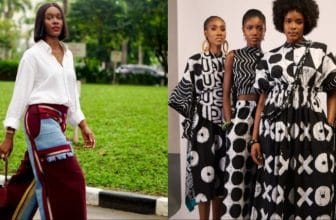The Business of African Fashion — How Local Designers Are Conquering Global Markets
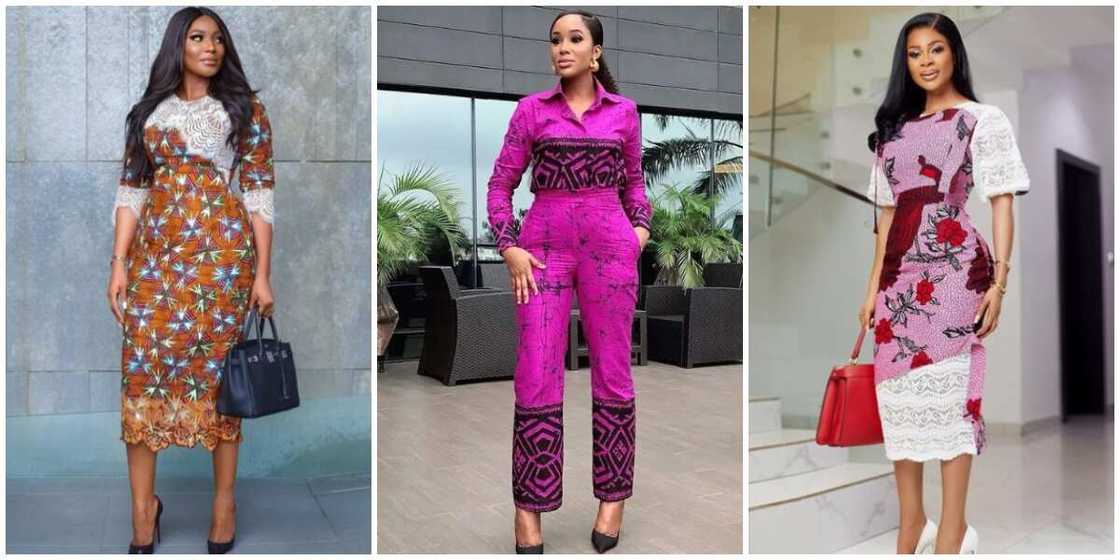
Introduction
African fashion is no longer an emerging trend — it’s a thriving global industry.
Across cities like Lagos, Nairobi, Accra, and Johannesburg, a new generation of designers is redefining what it means to create, market, and sell fashion from Africa to the world.
In 2025, the business of African fashion is booming — a fusion of culture, commerce, and creativity that’s catching the world’s attention.
The Rise of African Fashion Industry Growth
Over the past decade, Africa’s fashion industry has grown from small local markets into a billion-dollar powerhouse.
According to the African Development Bank, the continent’s fashion sector is worth over $31 billion — and still expanding.
What’s driving this growth?
• Digital exposure: Instagram, TikTok, and fashion blogs have globalized African aesthetics.
• Diaspora influence: Africans abroad proudly wear designs from home, amplifying demand.
• Investment interest: Global brands and venture funds are finally recognizing Africa’s creative economy.
This growth is proof that African fashion isn’t just art — it’s enterprise.
Meet the African Brands Making Waves
From Ghana to South Africa, designers are blending heritage with innovation, creating brands that compete on the world stage.
Some names leading the revolution include:
• Orange Culture (Nigeria): redefining menswear with fluidity and culture.
• Christie Brown (Ghana): a pioneer in luxury ready-to-wear inspired by traditional prints.
• Laduma Ngxokolo (South Africa): through Maxhosa Africa, he’s bringing Xhosa-inspired knitwear to global boutiques.
• Lisa Folawiyo (Nigeria): famous for embellishing Ankara with hand-beaded details that rival couture craftsmanship.
Each of these brands started locally — now, they’re stocked internationally and worn by global celebrities.
African Designer Collaborations Changing the Game
The new strategy for growth is collaboration over competition.
African designers are partnering with international fashion houses, fabric manufacturers, and even tech companies.
For instance:
• Kenneth Ize partnered with Karl Lagerfeld to bring Aso Oke weaving to Paris runways.
• Duro Olowu collaborated with J.Crew to create vibrant capsule collections.
• Tongoro (Senegal) gained massive exposure after Beyoncé wore their designs — proving global visibility can start with one viral moment.
These collaborations prove that authenticity sells — and that Africa’s design DNA is powerful enough to stand on its own.
Technology Driving the Business of Fashion
Tech is rewriting the African fashion story.
Designers are using AI tools for design planning, e-commerce platforms for global reach, and blockchain technology for supply chain transparency.
Platforms like WeFabric, Boon, and Zuvy are empowering designers to connect with fabric suppliers, tailors, and international buyers — closing the gap between creativity and commerce.
By merging tradition with technology, Africa’s fashion entrepreneurs are showing the world that innovation can be born from culture.
Challenges and the Way Forward
Of course, growth hasn’t come without obstacles.
Designers still face limited access to funding, inconsistent production infrastructure, and high logistics costs.
But these challenges are sparking solutions:
• Fashion hubs like Lagos Fashion Week are creating visibility and investor networks.
• Sustainability initiatives are promoting local textile production.
• Government-backed programs are investing in youth fashion entrepreneurship.
Africa’s strength has always been resilience — and that’s exactly what’s fueling its creative economy today.
Why the World Is Paying Attention
Global consumers are craving authenticity — and African fashion offers that in abundance.
Each fabric tells a story, each brand carries a legacy.
The business of African fashion isn’t just about clothes; it’s about identity, innovation, and impact.
It’s a celebration of creativity that uplifts communities and rewrites the world’s perception of African talent.
Conclusion
As we move through 2025, one truth stands clear:
Africa is not following fashion — Africa is fashion.
From fabric makers to global designers, the continent’s creative force is unstoppable.
The business of African fashion is not just thriving — it’s teaching the world how to merge culture with commerce beautifully.
The next global fashion empire might not come from Milan or Paris — it might just come from Lagos. ![]()
![]()



